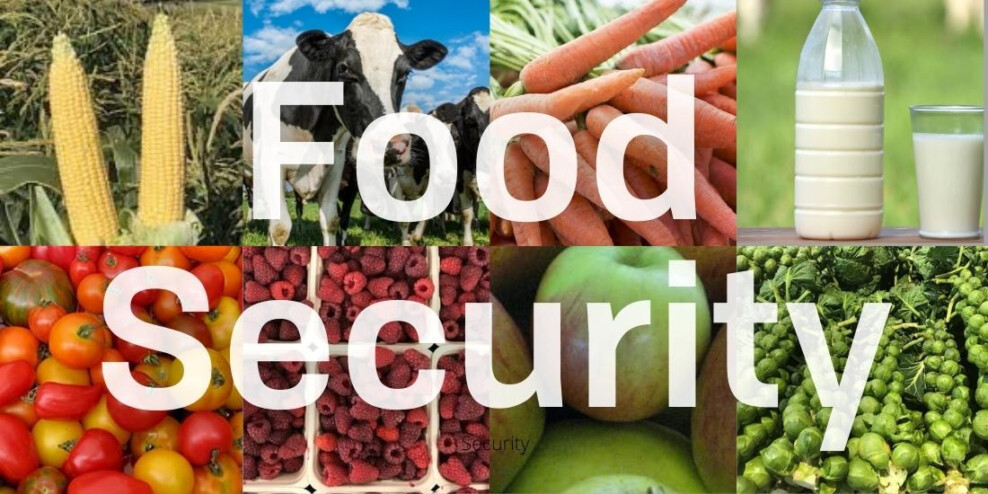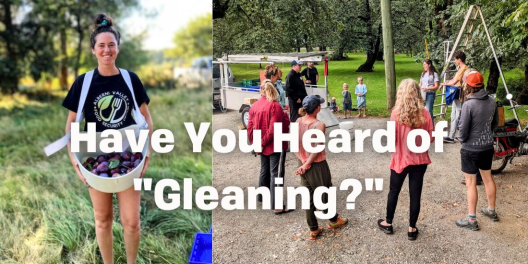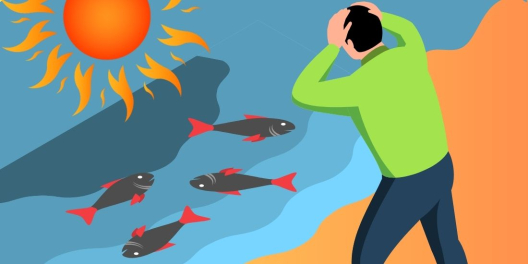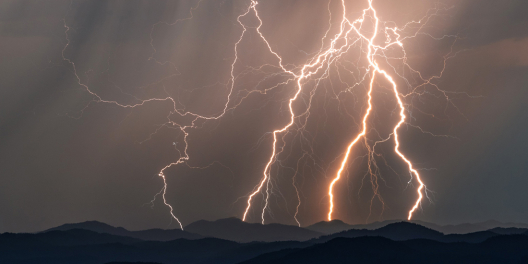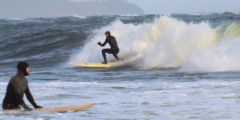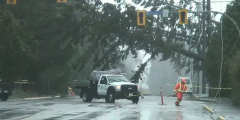Have the recent bad floods got you thinking about food security?
If so, you’re not alone. The atmospheric river that dumped more than a month’s rain in less than 48 hours washed out highways, flooded thousands of homes, and devastated farms across the Lower Mainland.
It also showed us just how vulnerable our food system is to catastrophic weather events, and how unprepared our provincial government is to deal with it.
It’s worth thinking about, especially here on Vancouver Island. One massive storm event was enough to flood the Malahat and put Greater Victoria on fuel rations. The same could happen with food.
Not long ago, Islanders grew a surprising amount of our own food. As recently as the 1950s, Island farmers supplied 85% of our food needs by some estimates.
Though some people think that number might be wrong, they also know that today more than 90% of our food comes from somewhere else.
Red peppers from Mexico, apples from New Zealand, bananas from Ecuador, almonds from California’s Central Valley. You get the picture—we’re used to being able to fill our fridges with anything, any time of the year.
In 2006, Vancouver Islanders ate their way through $5.4 billion worth of groceries. Yet, Island farms grossed $160 million. That’s just 3% of food spending.
Climate experts predict that our weather will get worse, not better. So isn’t it time for Vancouver Islanders to double down on local agriculture?
Here’s the challenge. There are 2,800 farms on VanIsle. Like lots of other places, Island farmers are getting old and nearing retirement. People like the three Smith brothers, who are the third generation of their family to farm cattle at Beaver Meadows in the Comox Valley. None of their kids plan to take over the farm.
In 2016, the average Canadian farmer was 55 years old. Only 9% were under 35.
That’s not the only scary number:
- One in two farmers report that an off-farm job is their main source of income,
- In 1931, one in three Canadians lived on a farm; today it’s less than one in fifty,
- The price of farmland has more than doubled across Canada since 2007 (up 132%), and
- On VanIsle, in 2019, farmland prices jumped 13%—that’s the highest one-year per-acre price increase anywhere in BC.
These trends make it even harder for young people to pick up the hoe and start tilling the ground.
These also stats raise some critical questions.
Do we think retirement complexes and sprawling suburbs are more important than food?
Well, real estate agents probably do. They and the construction industry benefit from a crazy real estate boom that shows no signs of ending.
But if Islanders want to protect ourselves against food disruptions, we all need to make changes.
As consumers, we need to buy local produce to support local farmers. Our provincial, regional, and municipal leaders need to change zoning to prioritize farmland. They may need to buy land to make local farming look viable and attractive.
If we don’t, we could be one huge storm away from empty shelves.

